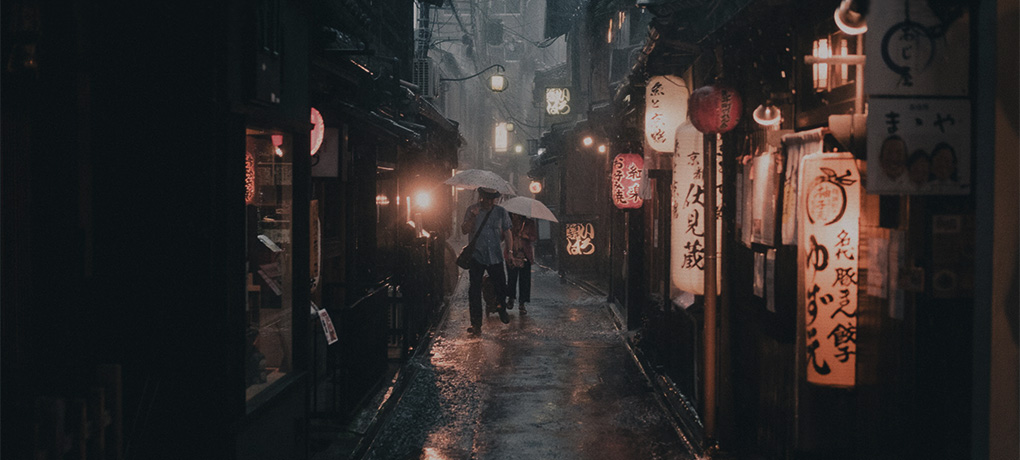HARMONY OF TRADITION AND MODERNITY
November 2021
writer: Agata Mayer | images: Taro Moberly

The scent of incense, building up against the jasmine and spicy aroma of blooming osmanthus trees, has added a palpable quality to the air. Two swans are unfolding their wings in a nearby pool and white herons are resting on the concrete-lined banks of the “Duck River”. Concealed in the shadow of the hills to the east, the narrow, lantern-lit streets of Japan’s ancient capital stir the imagination, evoking the time of emperors, courtesans and samurais.
Photos by California-born Taro Moberly depict the Land of the Rising Sun in a way that engages all the senses. Seemingly about ordinary and obvious things, they unfold their inner layers to reveal the secret of an antique city – a city that is constantly changing in order to catch up with the contemporary.
Almost everything that comes to my mind when I think of classic Japanese culture – kimonos, tea ceremonies, Zen temples, geishas – has been refined to perfection in Kyoto. It then comes as no surprise that the Californian has chosen the city as his present home. The urban culture of this shrine to all things Japan attracts tourists and residents alike with exotic extremes.
On the one hand, there is harmony and simplicity, elaborate art and craftsmanship, an attention to graceful detail. On the other, dusk ushers in a myriad of colors and sounds, infusing the ancient rock gardens with a bit of the Las Vegas feel. The city keeps true to its noble heritage, even in the presence of neon-lit pinball parlors, surfer restaurants serving the Hawaiian loco moco, concert halls hosting punk rock bands and stores selling four-armed deities with the head of an elephant. Owing to the robust artistic scene, the centuries-old streets stay forever young. In the downtown district, more and more wooden buildings turn into elegant Italian eateries, minimalist bars and design studios, with pairs of slippers still lining the entrances in an orderly fashion. Here, tradition is a thing of value.
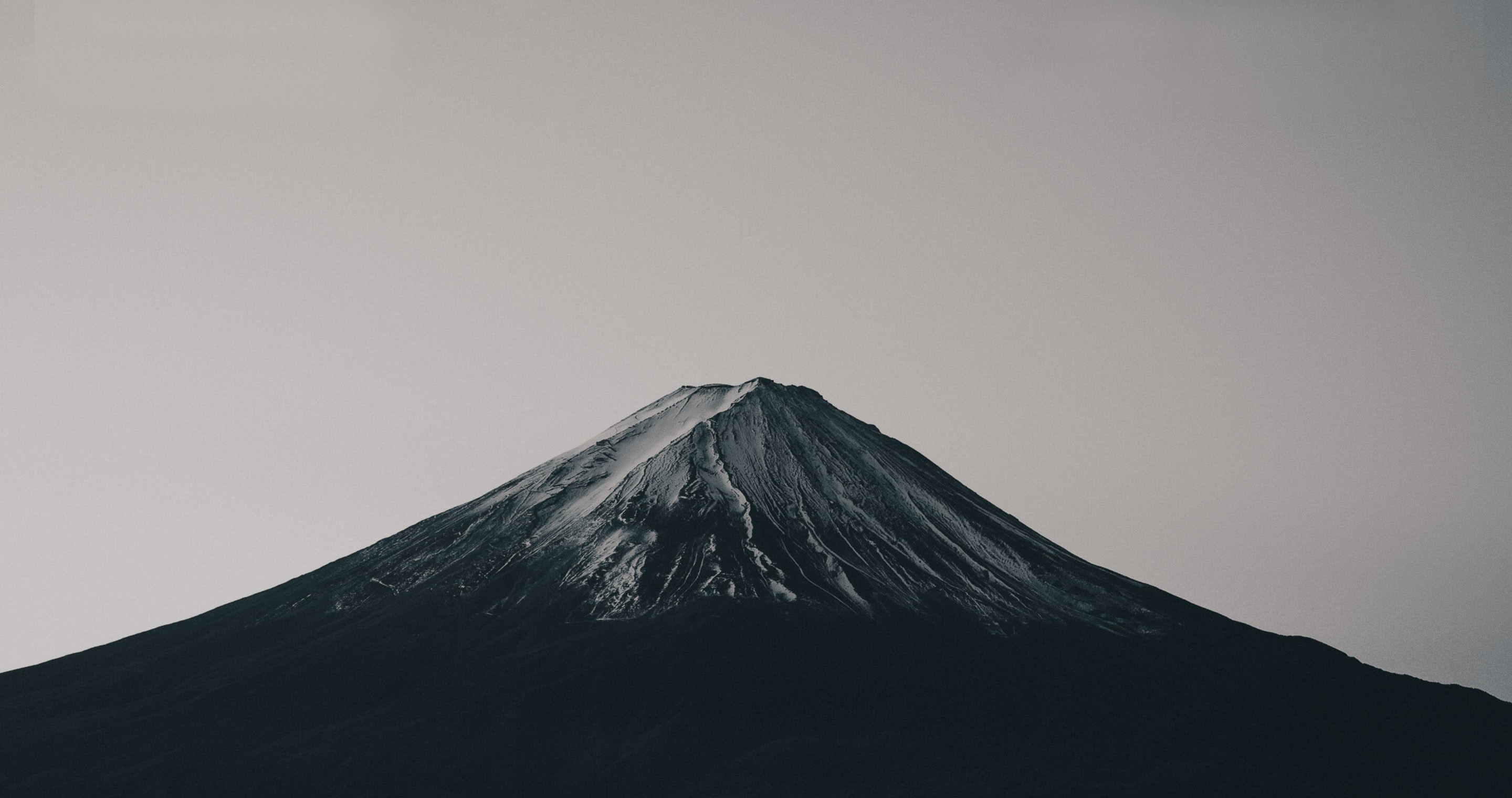
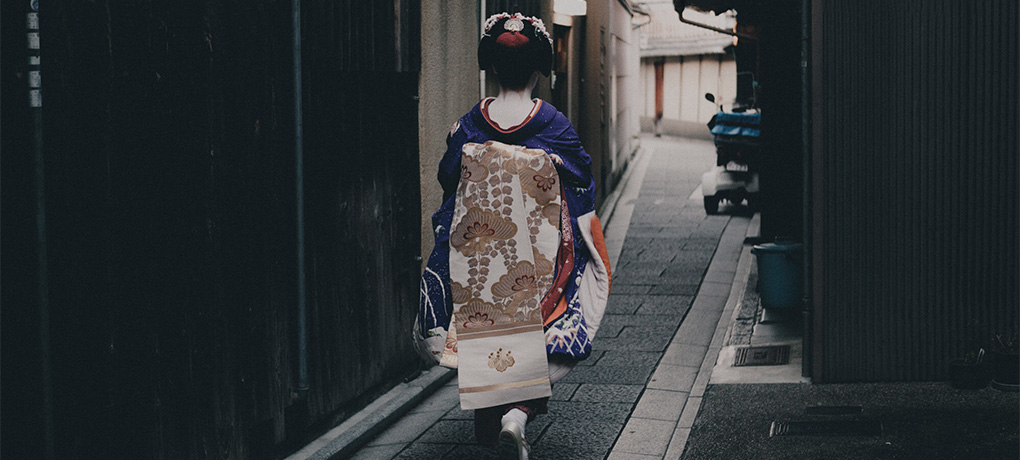
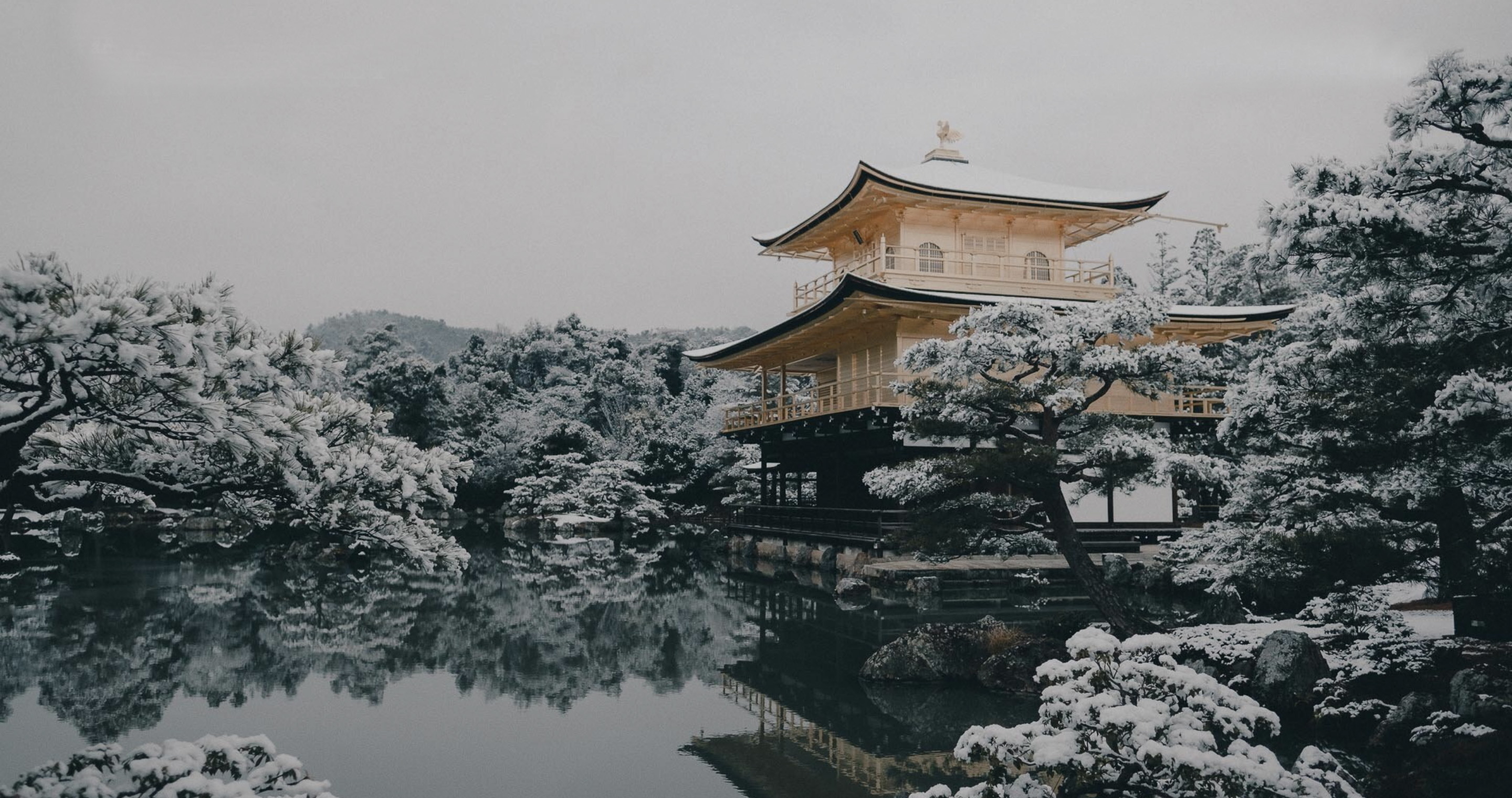
Taro’s family hails from Japan. When he was a kid, he would visit there during every major school break. Moving from his native California to the country of his ancestors in 2015 was like a flashback to childhood, a chance to explore the culture and history of the proud hill-nestled city as well as pursue a passion for photography. At the start, everything was new and different, including the language, four distinct alphabets and books that you read from right to left. More to the point, he encountered unfamiliar ways of personal interaction, elaborate family bonds and intriguing values. Moved by the experience, Taro began to capture the culture of the East, which blends with that of the West in a sincere, almost melancholic manner.
His pictures reveal the secrets of traditional architecture, bamboo gardens and succulent cherry blossom. Adorned with romantic grace, the rooftops of wooden pagodas and Shinto shrines bring out the power of local tradition. On a different note, the photos depict Kyoto’s more modern areas as well, complete with the urban bustle and suit-clad residents hurrying about their business.
Kyoto is home to almost two thousand Buddhist temples, thousands of red torii gates, wooden geisha residences and guesthouses for classic art enthusiasts. At the same time, the city embraces pop culture in all its extravagant glory, represented by Nintendo video games and renowned writer Haruki Murakami, whose most famous novel is partly set in local mountains. Kyoto has changed over the years. This modern and busy city with a population of almost half a million once saw Japan’s first trams, hydroelectric power station and cinematic show. In the 1930s, over five hundred movies were made here every year. Although some complain that the ancient city is mostly about its own traditions and customs, it is still more intriguing, peaceful and pleasant than Tokyo.
Taro often points his camera against the sun. The resulting light, filtering through dark alleys, produces a harmonious, somewhat unreal setting. When I asked him about the best season to visit him in Kyoto, he mentioned spring, the time when cherry trees bloom, and also autumn, for the sake of red fullmoon maple leaves. That said, he likes winter, when everything is covered in snow and the austere scenery invites reflection, harmony and inner peace, as if time itself stopped and ceased to exist, bringing forth a mystical realm of meditation.
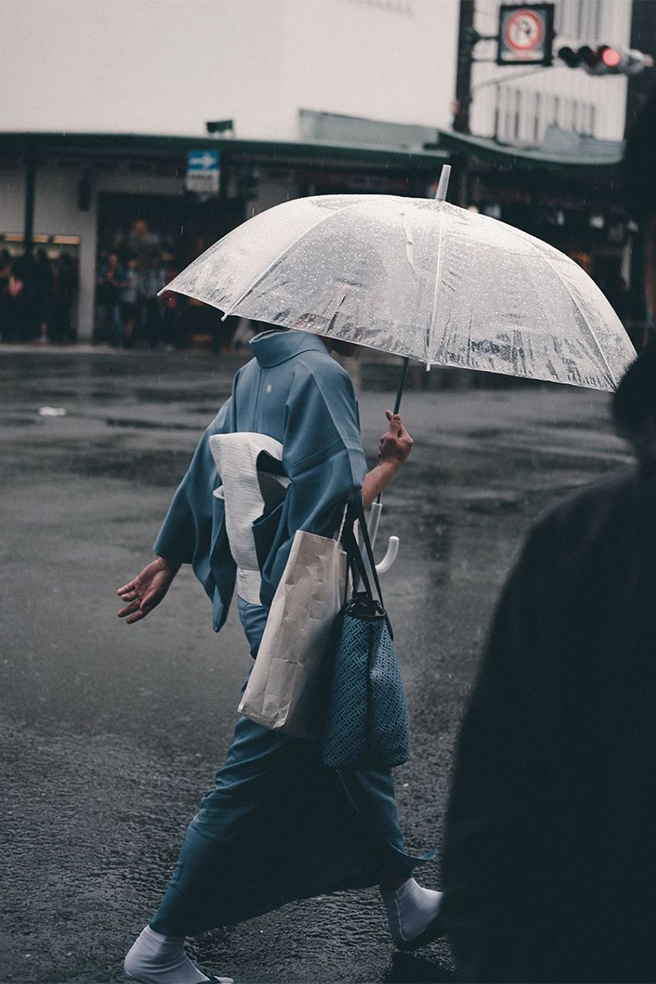
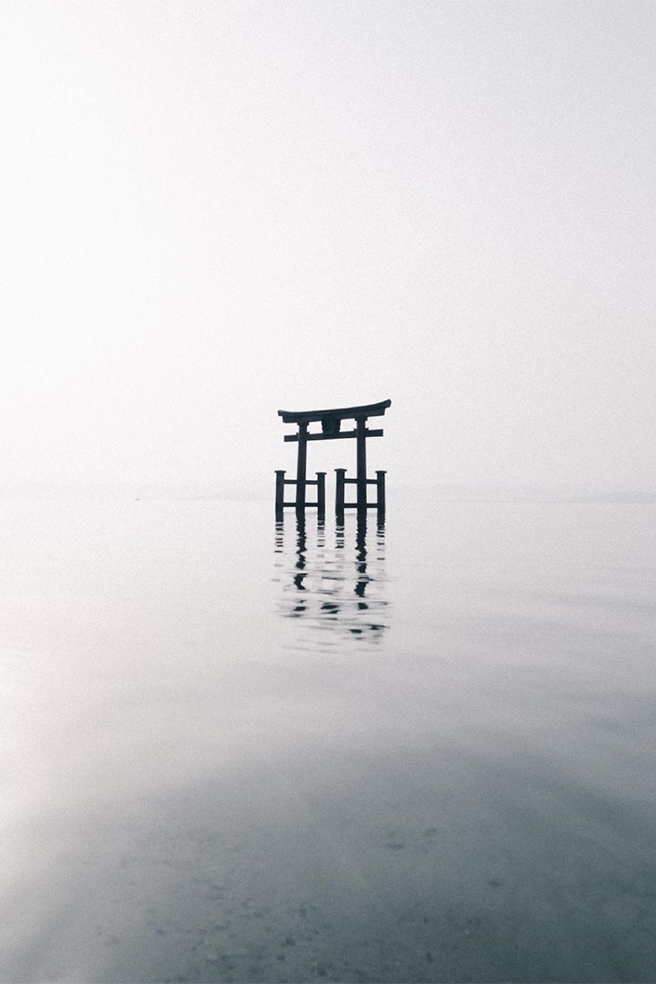
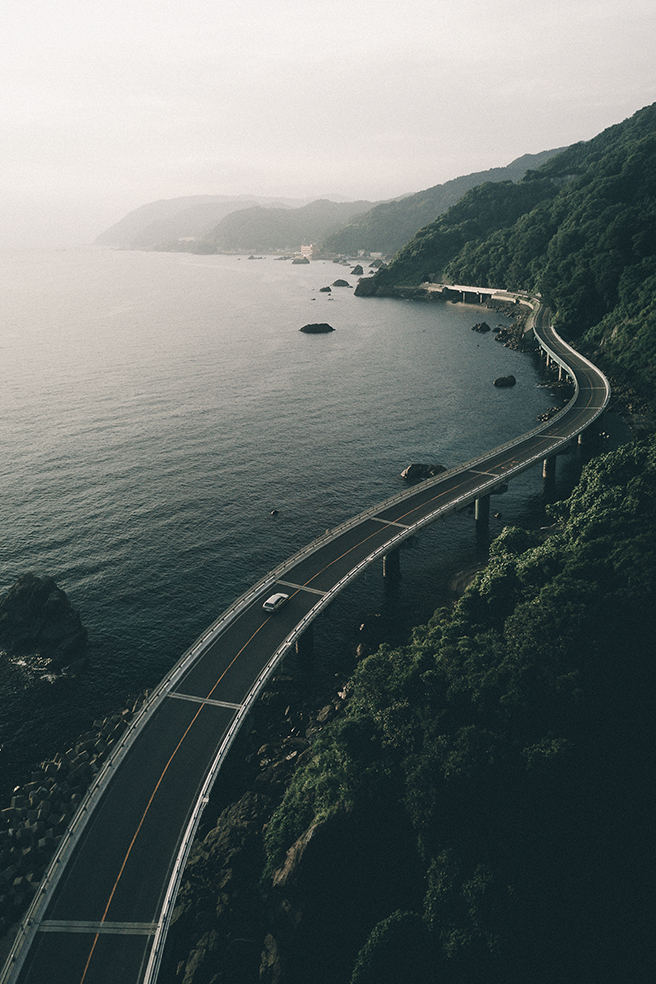
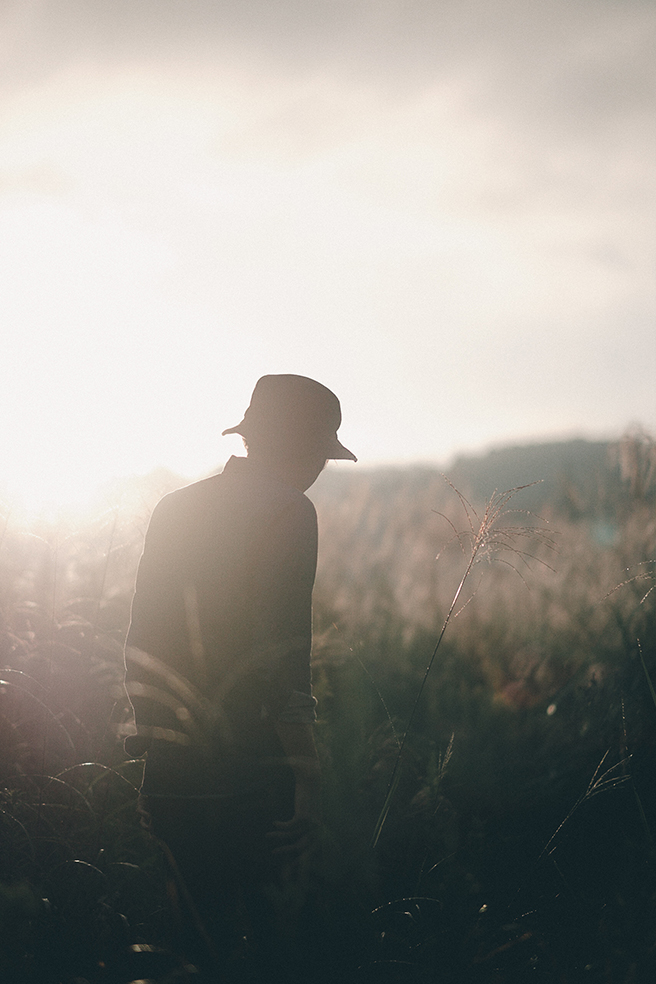
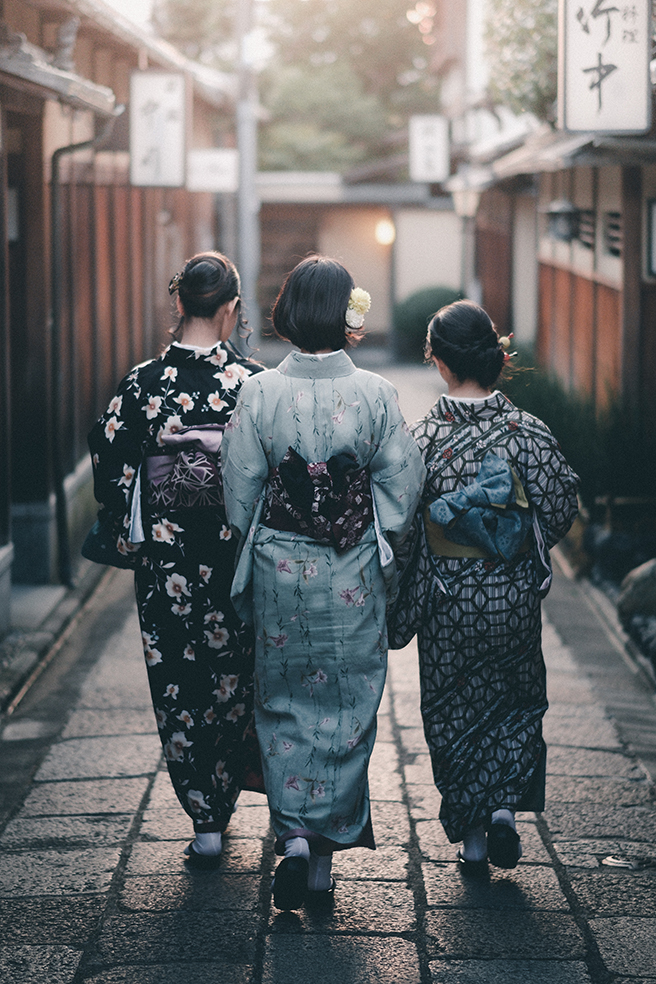
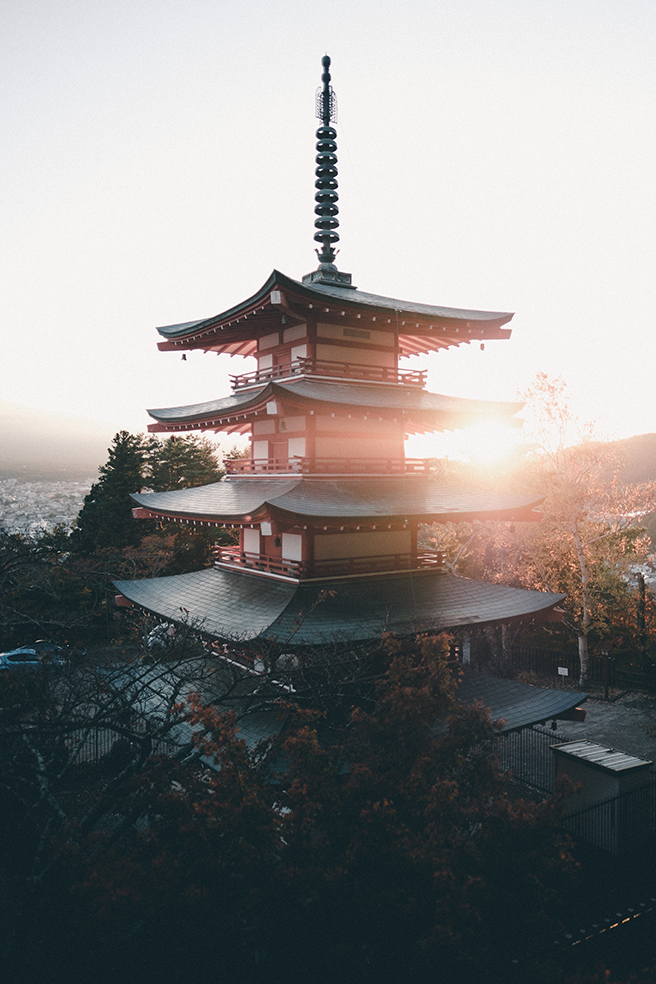
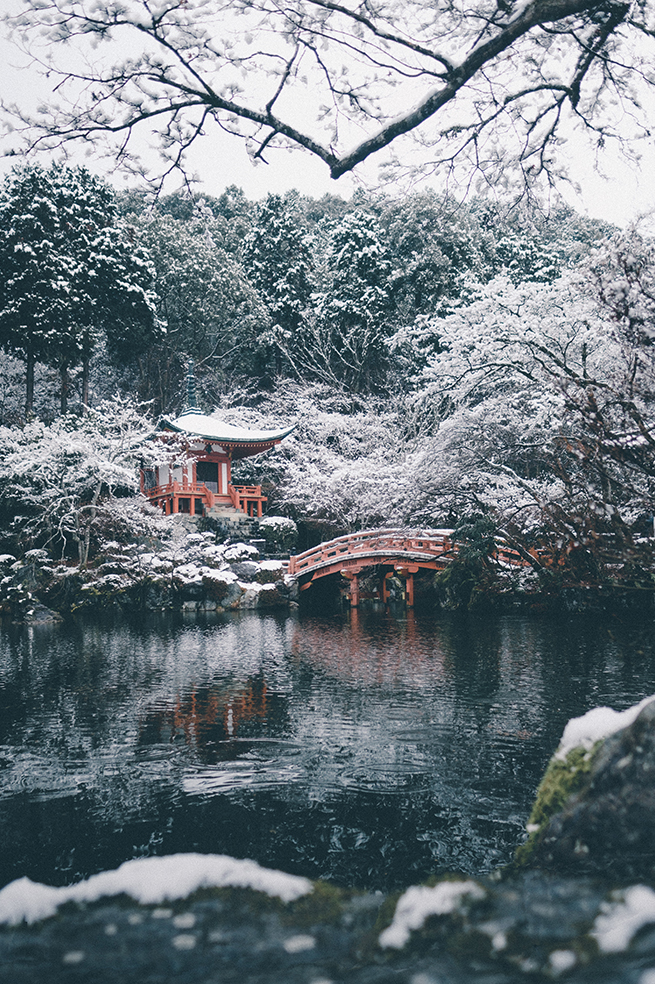

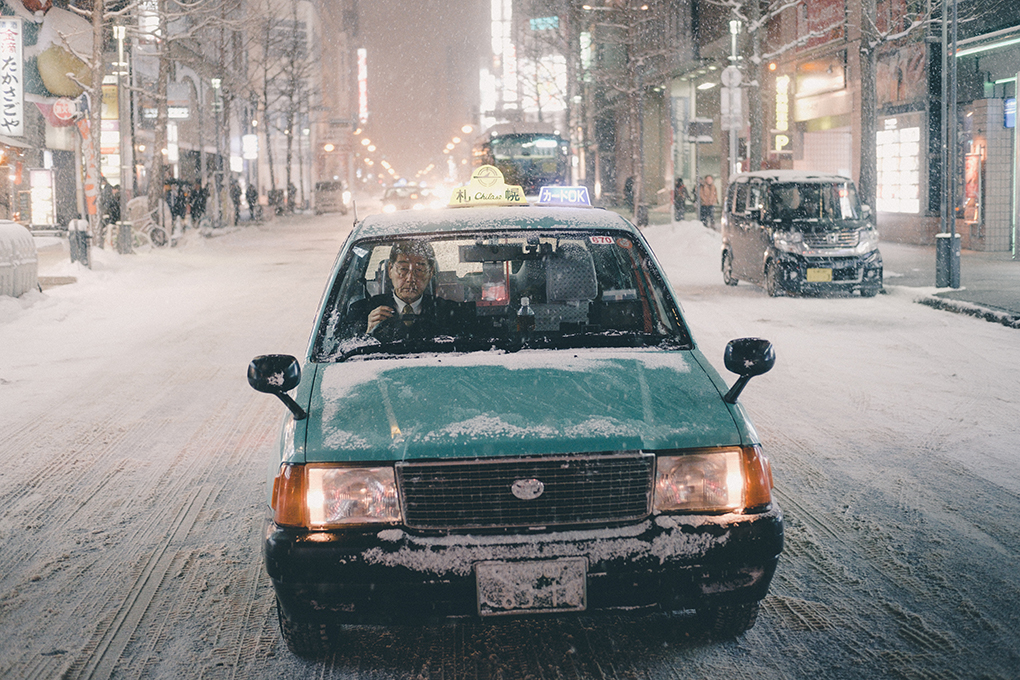
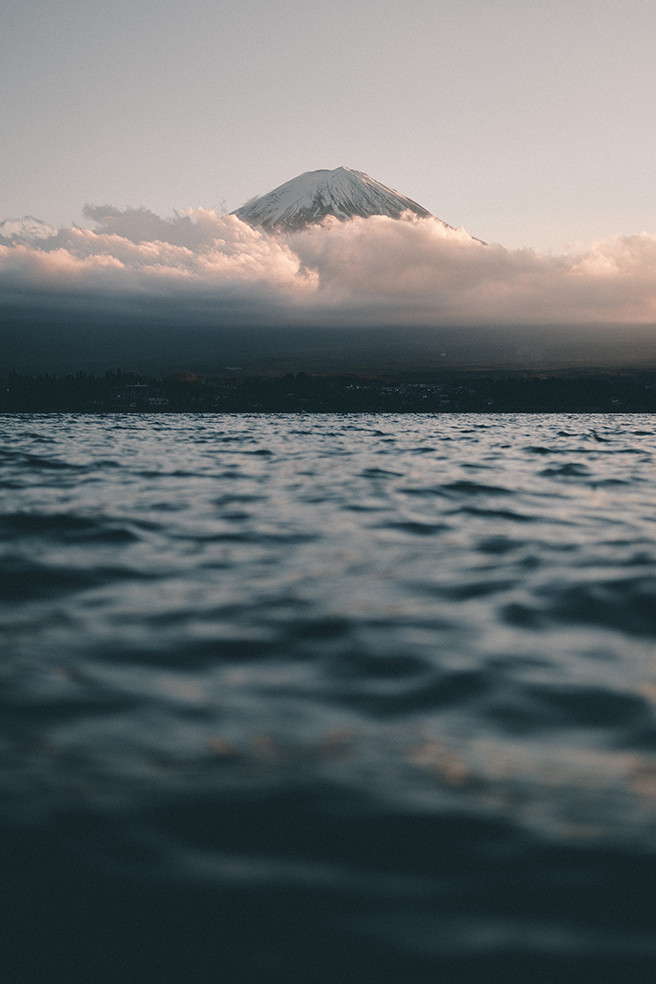
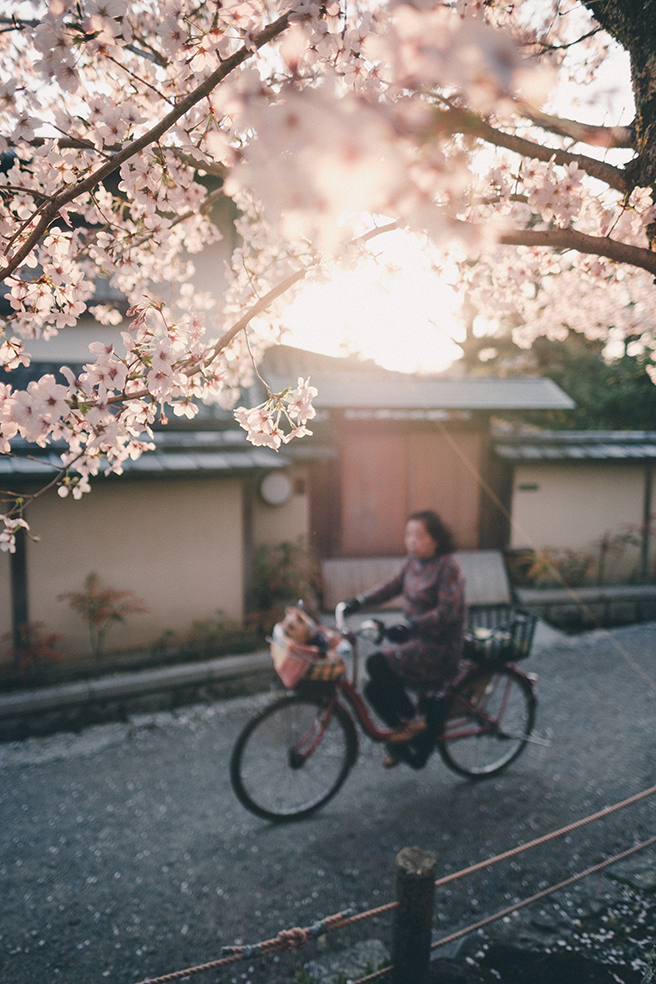
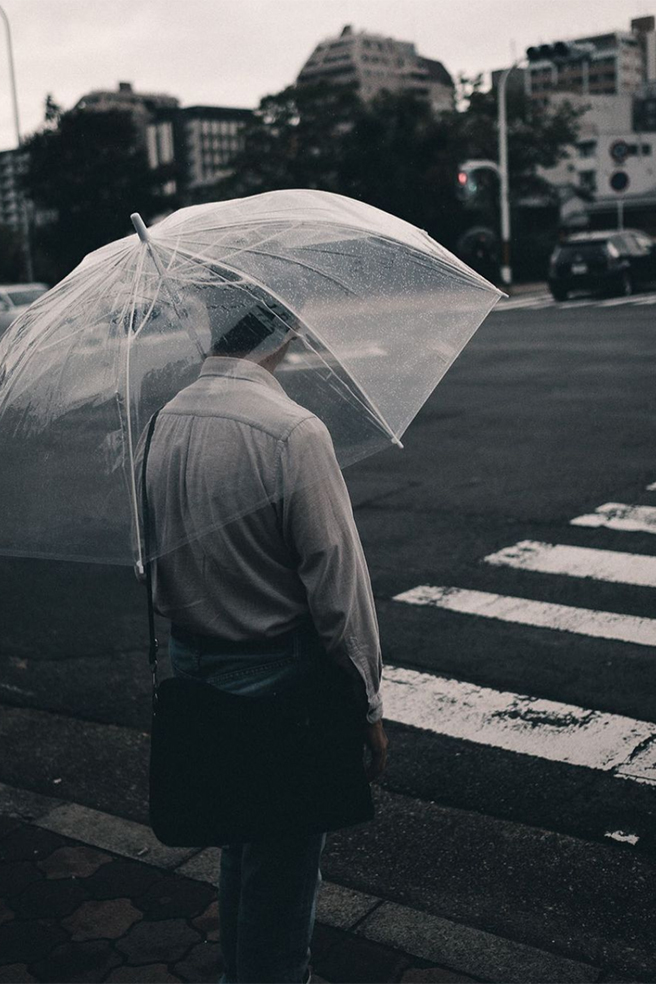
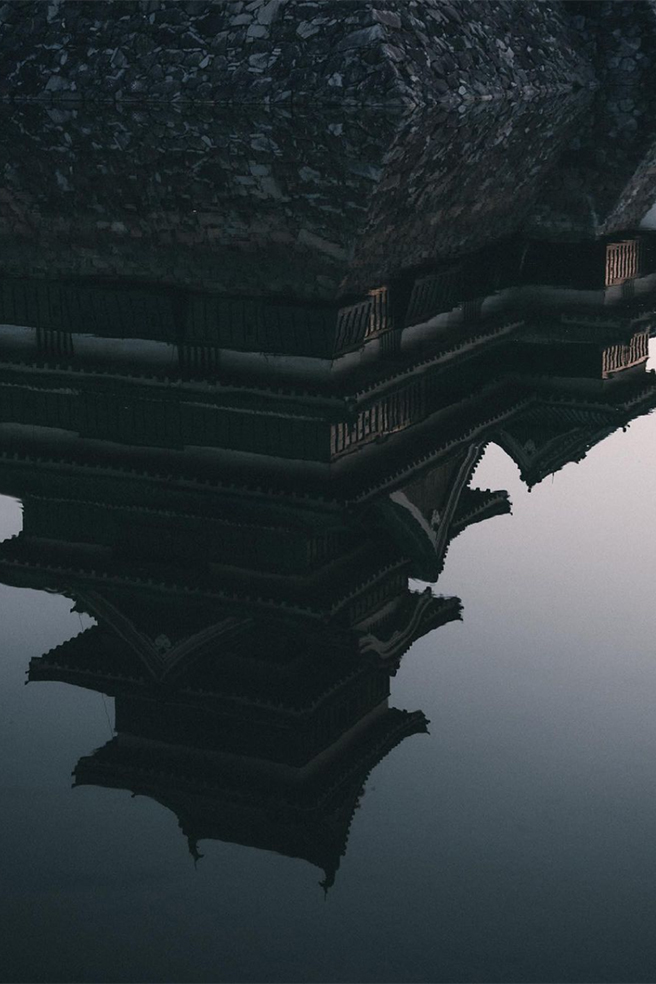
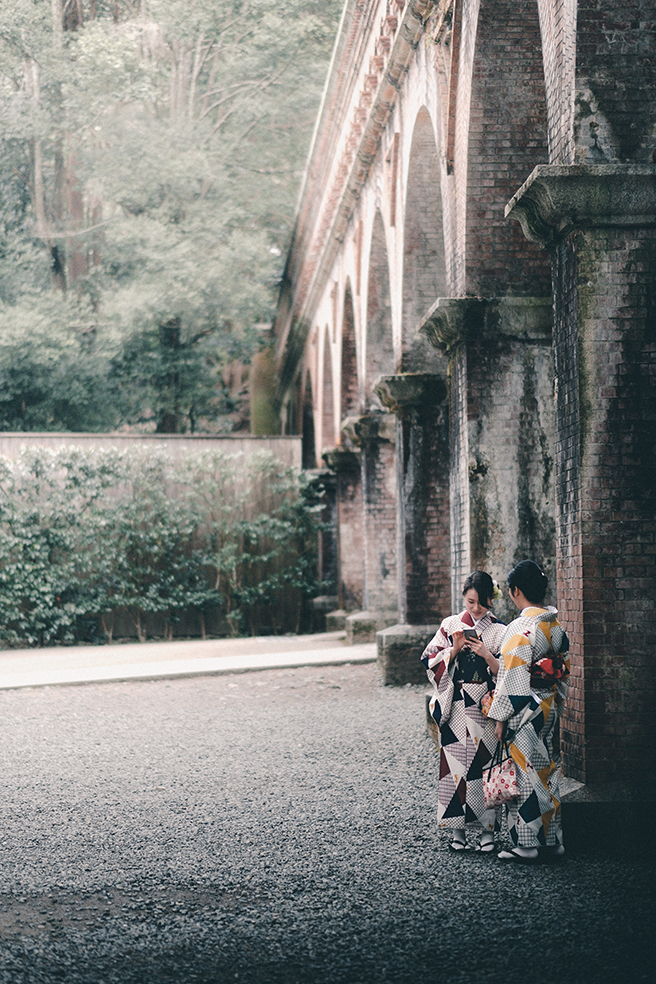
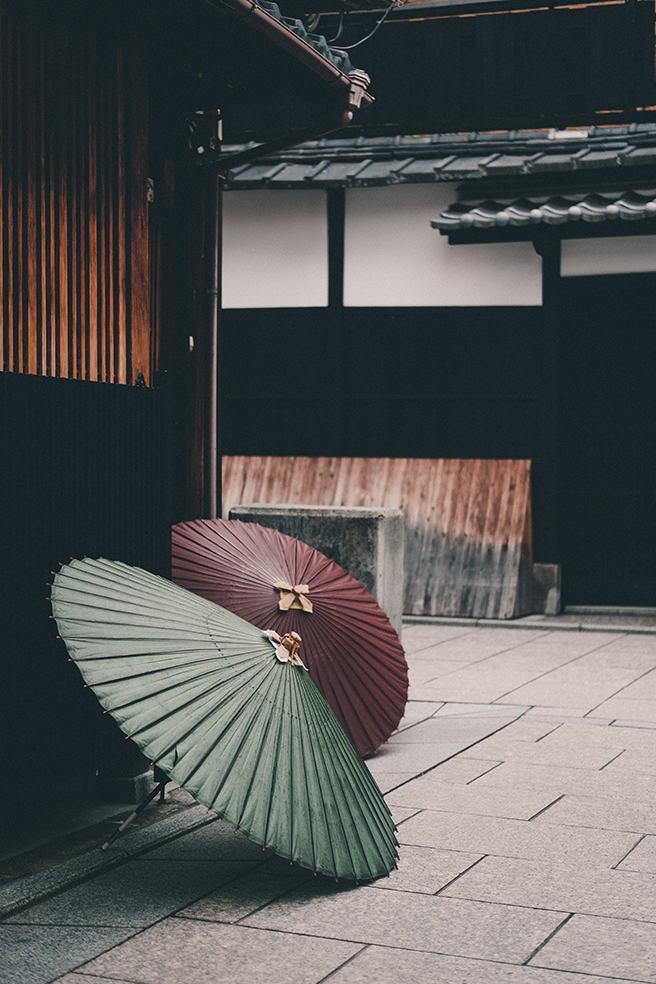
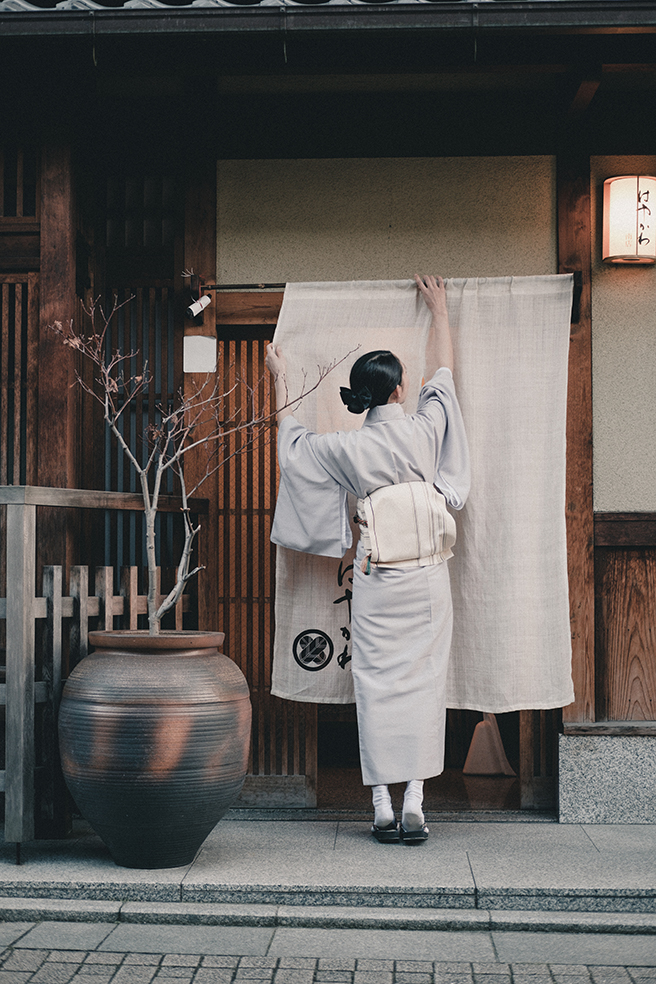
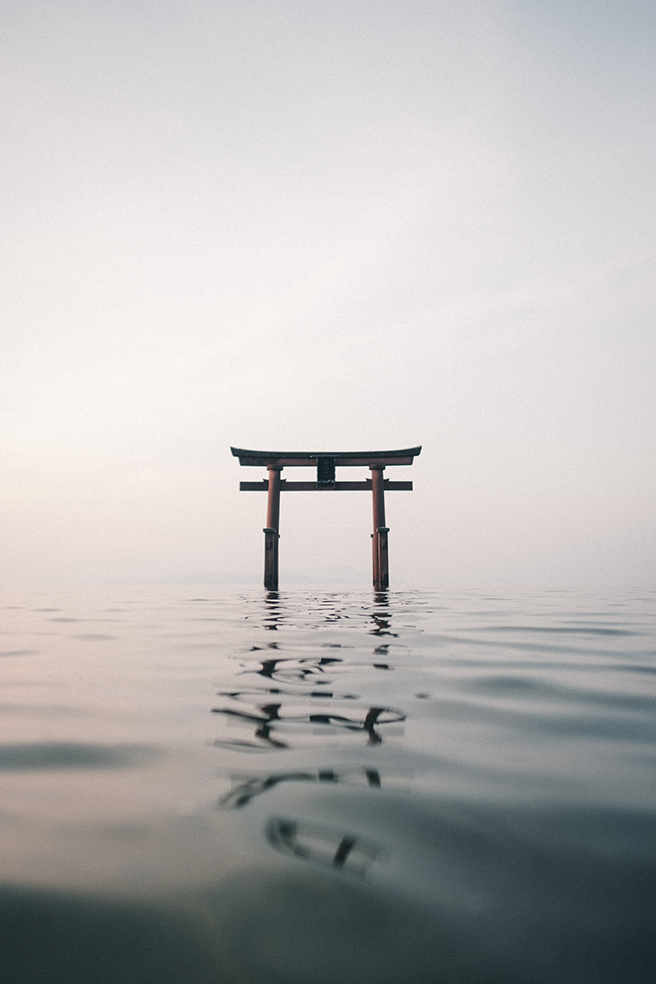
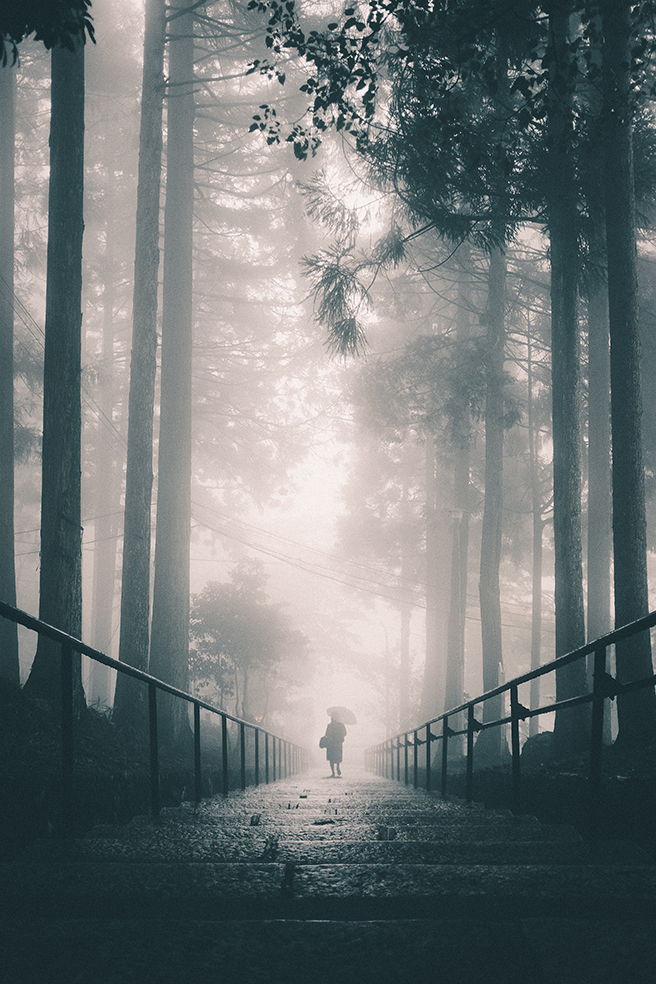
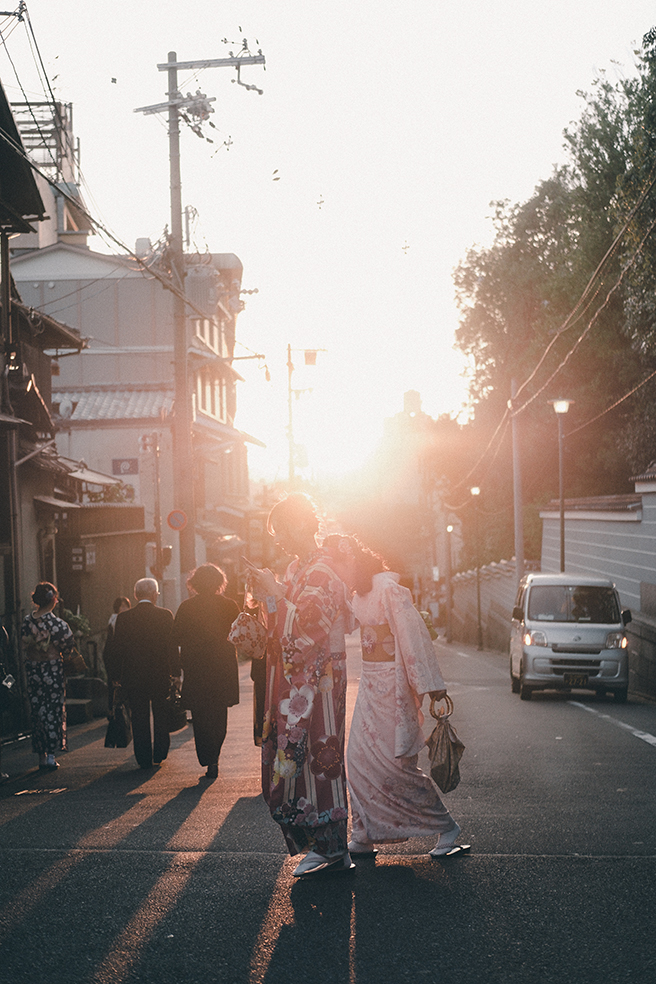
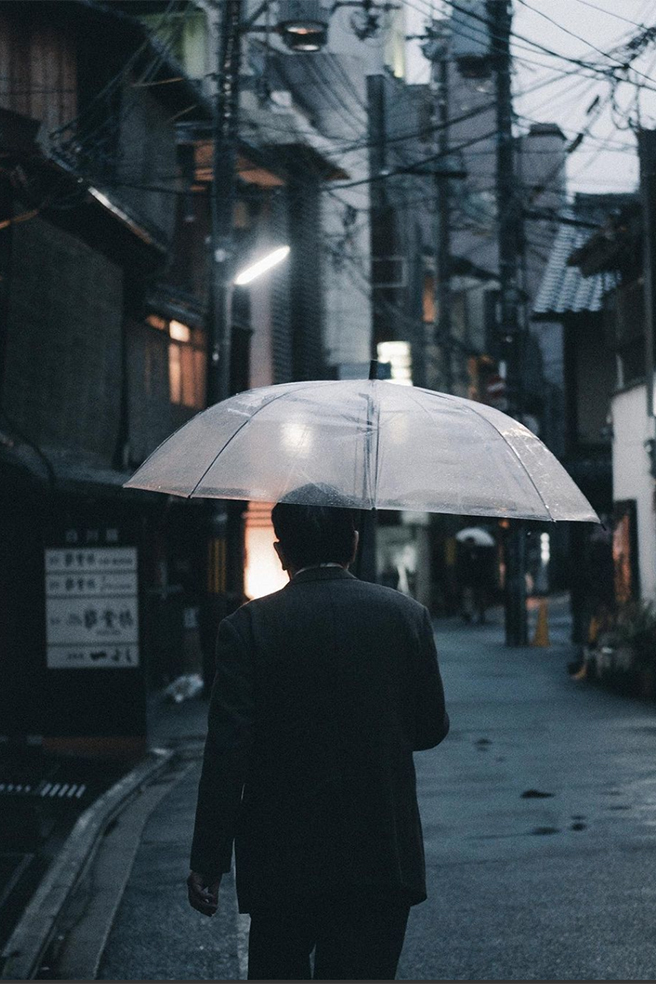
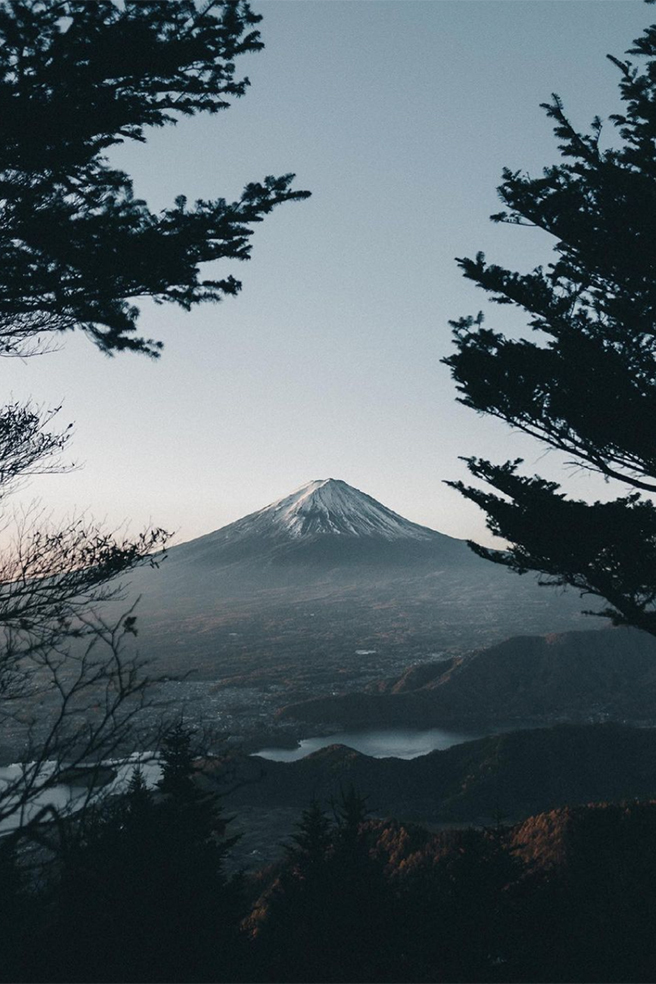
Check out Taro's website
